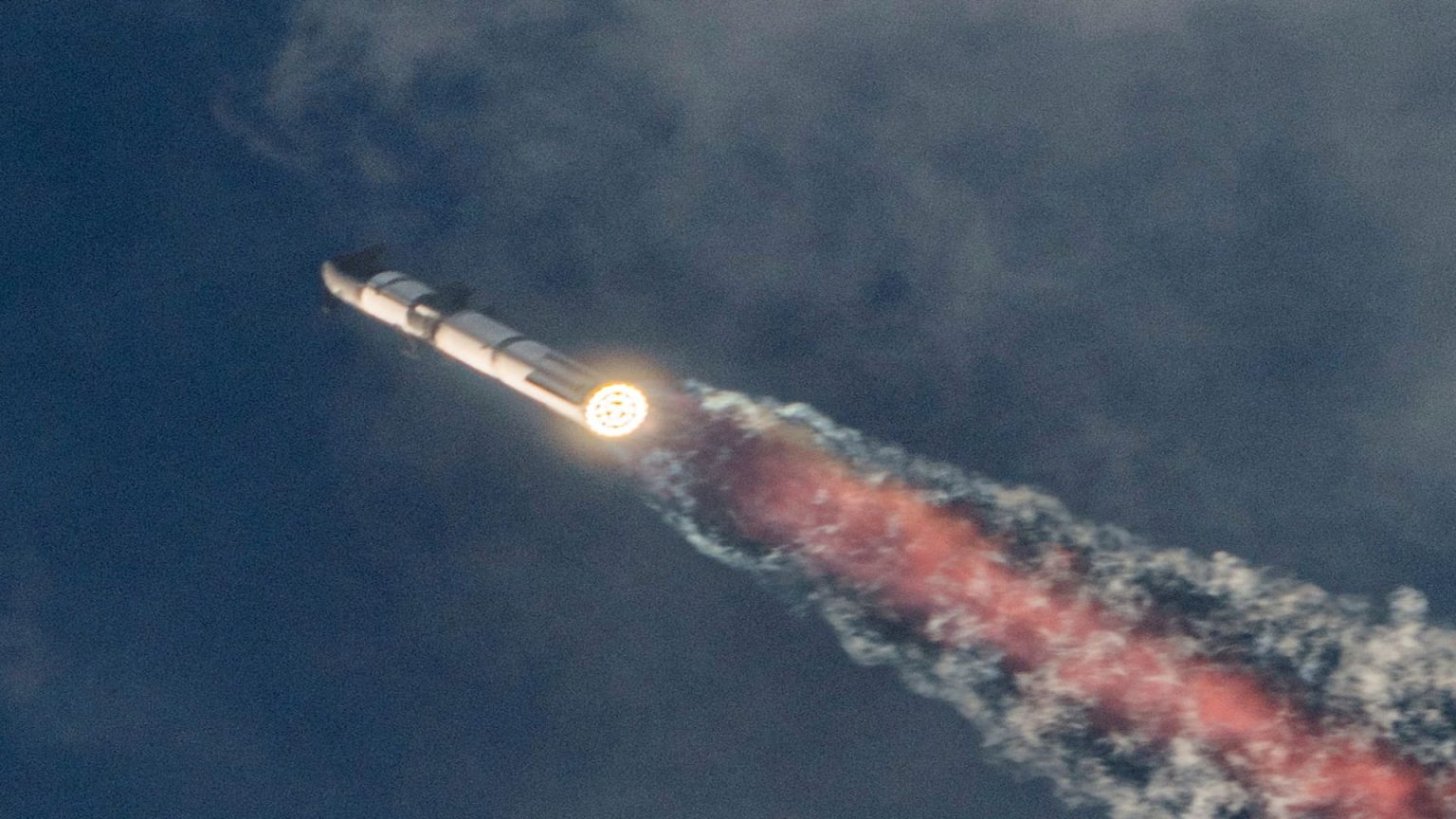The Federal Aviation Administration may issue SpaceX its next Starship license in time for a Sunday launch attempt, CNBC has learned.
SpaceX and its CEO Elon Musk have been vocally critical of the FAA in recent weeks, urging the federal regulator to speed up its license review for Starship’s fifth test flight. As recently as last week, the FAA said it did not expect to issue the license before “late November.”
Despite the ongoing review, SpaceX issued a statement Monday saying that the fifth Starship spaceflight “could launch as soon as October 13, pending regulatory approval.” The company did not indicate whether it expected to receive its license by Sunday.
But a person familiar with the matter said Tuesday that SpaceX’s seemingly aggressive target is possible because the FAA’s review process has sped up.
The regulator and partner agencies involved in the process conducted assessments more quickly than anticipated, the person told CNBC, with the U.S. Fish and Wildlife Service in the final stages of completing a review for the FAA. The person, who asked to remain anonymous to discuss the ongoing federal review, noted that it’s also possible any snags this week could take a Sunday attempt off the table and push approval to later this month.
In an updated statement to CNBC on Tuesday, the FAA removed its prior November estimate.
“In mid-August, SpaceX submitted new information for its proposed Starship/ Super Heavy Flight 5 mission. The FAA is continuing to review this information. The FAA will make a licensing determination once SpaceX has met all licensing requirements,” the FAA said.
The Fish and Wildlife Service referred CNBC to the FAA in response to a request for comment.
On Sept. 10, SpaceX issued a lengthy blog post saying the FAA was delaying Starship’s fifth launch over “superfluous environmental analysis,” alleging that the extended review was “for unreasonable and exasperating reasons” that represent difficulties in “the current regulatory environment” for companies seeking launch licenses.
The post in part criticized reports that SpaceX violated environmental regulations by using the Starship launchpad’s water deluge system in Texas without authorization. However, SpaceX settled fines levied by the Texas Commission on Environmental Quality and the federal Environmental Protection Agency regarding unauthorized water discharge.
Reuters first reported the FAA may approve a license as soon as this month but did not specify whether that could come as soon as Sunday.
An ambitious fifth launch
SpaceX aims to push development of its mammoth Starship rocket further with its fifth flight. It’s seeking to build on the progress of June’s fourth Starship test flight — which traveled halfway around the world for an intentional splashdown in the Indian Ocean.
As part of SpaceX’s effort to make Starship fully reusable, the company plans to attempt to return and catch the rocket’s 232-foot-tall booster.
After launching and separating from the upper Starship section of the rocket, the Super Heavy booster is expected to fly back to the launch site and land between a pair of so-called “chopsticks” on the tower. SpaceX emphasized that the catch attempt requires “thousands” of criteria to be met, or else the booster will divert from the return trajectory to instead splashdown off the coast in the Gulf of Mexico.
“We accept no compromises when it comes to ensuring the safety of the public and our team, and the return will only be attempted if conditions are right,” SpaceX said in a statement describing the flight.
The window on Sunday opens at 8 a.m. ET for the fifth Starship launch from the company’s facility near Brownsville, Texas.
Starship is both the tallest and most powerful rocket ever launched. Fully stacked on the Super Heavy booster, Starship stands 397 feet tall and is about 30 feet in diameter.
The Starship system is designed to be fully reusable and aims to become a new method of flying cargo and people beyond Earth. The rocket is also critical to NASA’s plan to return astronauts to the moon. SpaceX won a multibillion-dollar contract from the agency to use Starship as a crewed lunar lander as part of NASA’s Artemis moon program.
Read the full article here





